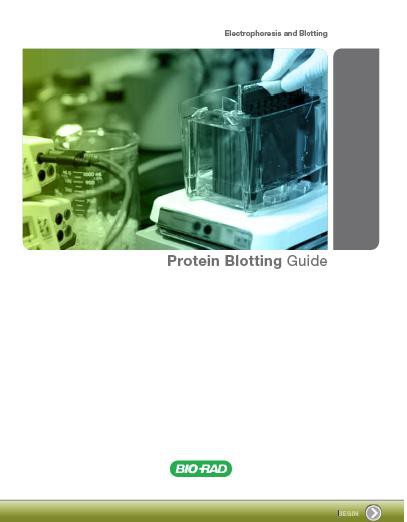Since its introduction in 2011, Bio-Rad Laboratory’s Droplet Digital PCR (ddPCR™) technology has demonstrated the potential to be a transformative technology, particularly in clinical applications.
In the past, tools developed for such applications have been limited by their inadequate precision and/or their lack of sensitivity for detecting rare species. But thanks to ddPCR technology, researchers can now focus on more of these “needle-in-a-haystack” problems. Less than two years since Bio-Rad brought ddPCR systems to the market, their application has resulted in nearly 50 peer-reviewed publications citing the technology.
The advantages of ddPCR technology have already had an important impact on medical research.
“The HIV community, for instance, has benefited from ddPCR’s ability to make more sensitive measurements, which can also depend on its attribute of increased precision,” said George Karlin-Neumann, the scientific affairs director at Bio-Rad’s Digital Biology Center. “To have greater sensitivity down to very, very low levels depends on being able to distinguish something from nothing. You need a system that inherently has very low noise.”
Droplet Digital PCR Is a Sensitive Tool for Detecting Residual HIV DNA
A great example of the clinical potential of ddPCR systems is the work of Matt Strain and Douglas Richman of the Center for AIDS Research at the University of California, San Diego School of Medicine, who validated the technology’s performance in HIV provirus detection. Subsequently, in collaboration with Deborah Persaud of Johns Hopkins Children’s Medical Center in Baltimore, the researchers used the technology to demonstrate that an infant born with HIV was functionally cured.
In a recent BioTechniques podcast, Dr. Strain said that ddPCR assays demonstrate an increase in precision and accuracy over their entire dynamic range relative to real-time PCR assays, particularly at low numbers. Additionally, the total cost per sample of Droplet Digital PCR assays is at least 10 to 100 times less than that of older chip-based digital PCR systems.
“When you’re talking about factors of a hundred or more in cost, there really isn’t any comparison,” said Dr. Strain.
Dr. Richman will present information on using ddPCR to detect latent HIV, including assaying rare events in a large number of cells and retrieving clinically relevant data.
A Glimpse at Droplet Digital PCR’s Future in Diagnostics
The research group headed by Hanlee Ji, an assistant professor at Stanford University School of Medicine, focuses on translational and clinical questions of cancer genetics that, once answered, have the potential to improve cancer patient care. The investigators have developed numerous methods for the accurate interrogation of cancer genomes that overcome challenges associated with clinical samples and the genetic variability resulting from tumor evolution. In this endeavor, Droplet Digital PCR is one of their chief tools.
“Droplet Digital PCR has accelerated our discoveries,” said Dr. Ji. “Given its ease of use, superior performance in terms of accuracy, and rapid development time for novel assays, Droplet Digital PCR has repeatedly demonstrated its vast utility and potential for future diagnostic application.”
Dr. Ji recently gave a talk on using ddPCR technology to track the presence, expansion, and disappearance of pathogenic genetic variants in cancer, infectious diseases, and other human diseases over time, and also discussed the technology’s potential for highly informative diagnostics. He now uses Bio-Rad’s recently launched second-generation ddPCR instrument, the QX200™ Droplet Digital PCR system, the only digital PCR system that works with both DNA-binding dye and TaqMan probe chemistries.
The QX100™ system boasts a lineup of prestigious users including:
- Jim Huggett,the author of the digital MIQE (dMIQE) guidelines and a scientist at LGC (the UK’s designated National Measurement Institute for chemical and bioanalytical measurement)
- David Dodd of the University of Texas, Southwestern
- Leonardo Pinheiro of Australia’s National Measurement Institute
- Ross Haynes of the U.S. National Institute of Standards and Technology
- Vicki Hwang of the University of California, Davis
- Alec Morley of Flinders University and co-author of the first paper to use digital PCR
- Keith Jerome of the University of Washington
- Gary Lee of Sangamo BioSciences
- Sabita Sankar of MolecularMD
- Donna Sullivan of the University of Mississippi Medical Center
There are also a number of emerging applications using ddPCR technology including microRNAs, single-cell gene expression, gene linkage, multiplexing, EvaGreen applications, and validating next-generation sequencing data.
For more information on the QX200 Droplet Digital PCR system, visit www.bio-rad.com/QX200.
To view Bio-Rad’s six-part webinar series on Droplet Digital PCR and the complete list of Droplet Digital PCR system publications, visit http://www.bio-rad.com/ddPCR-Webinars.















